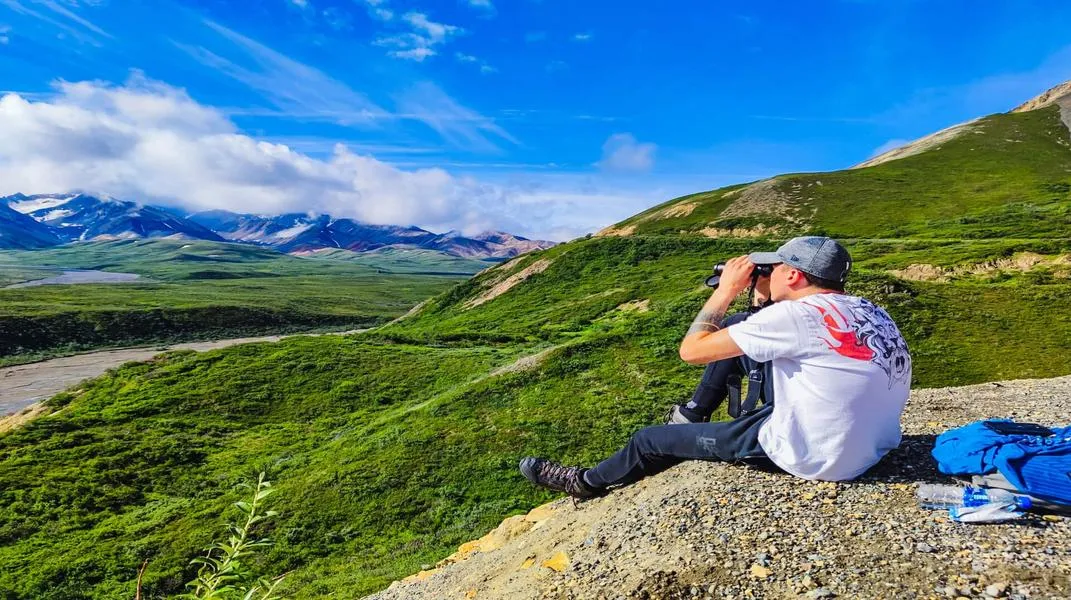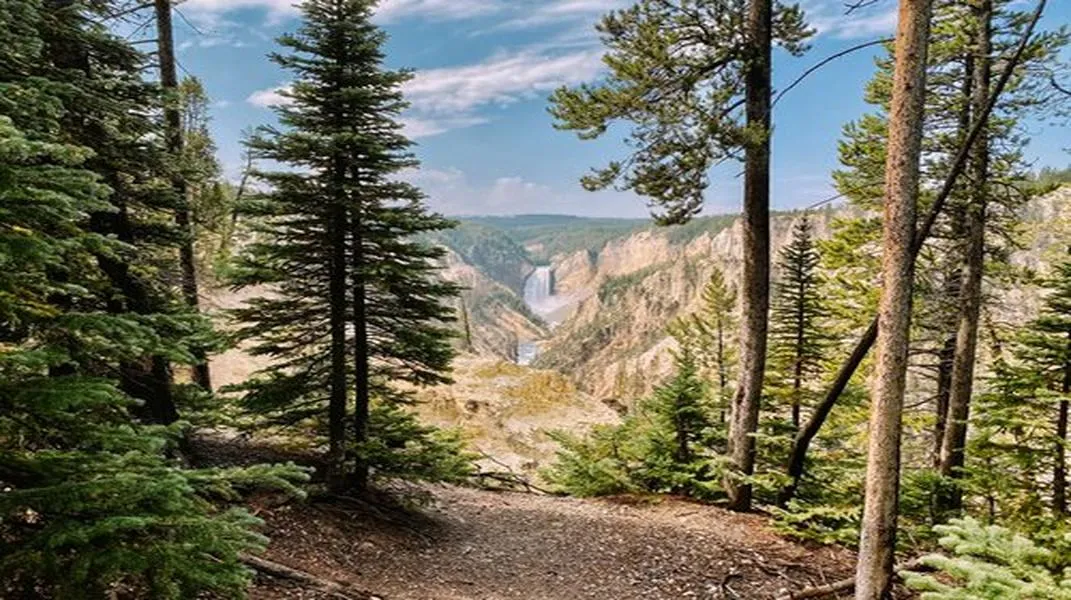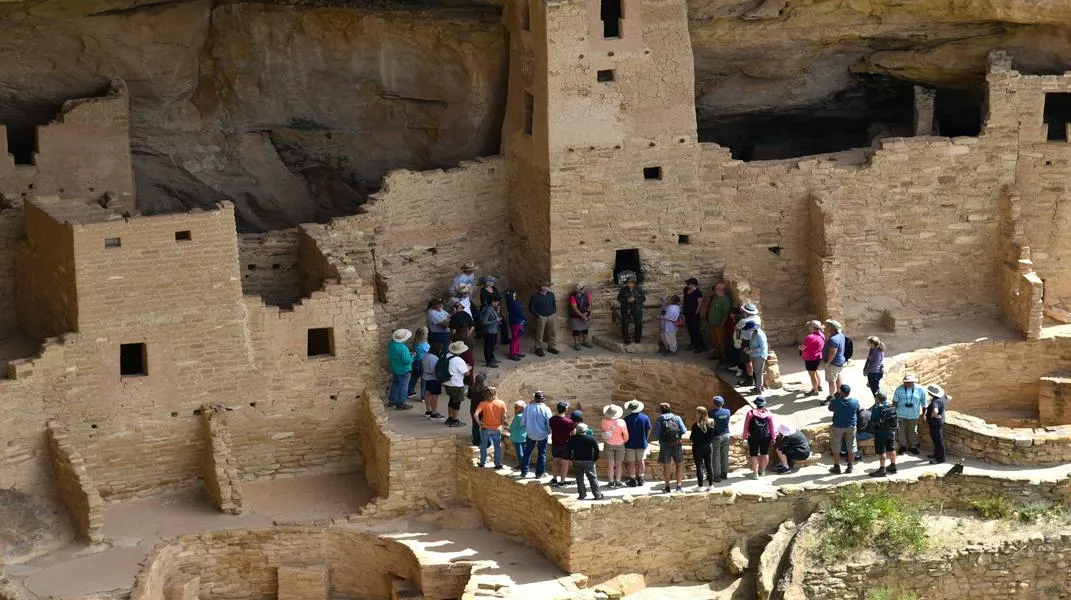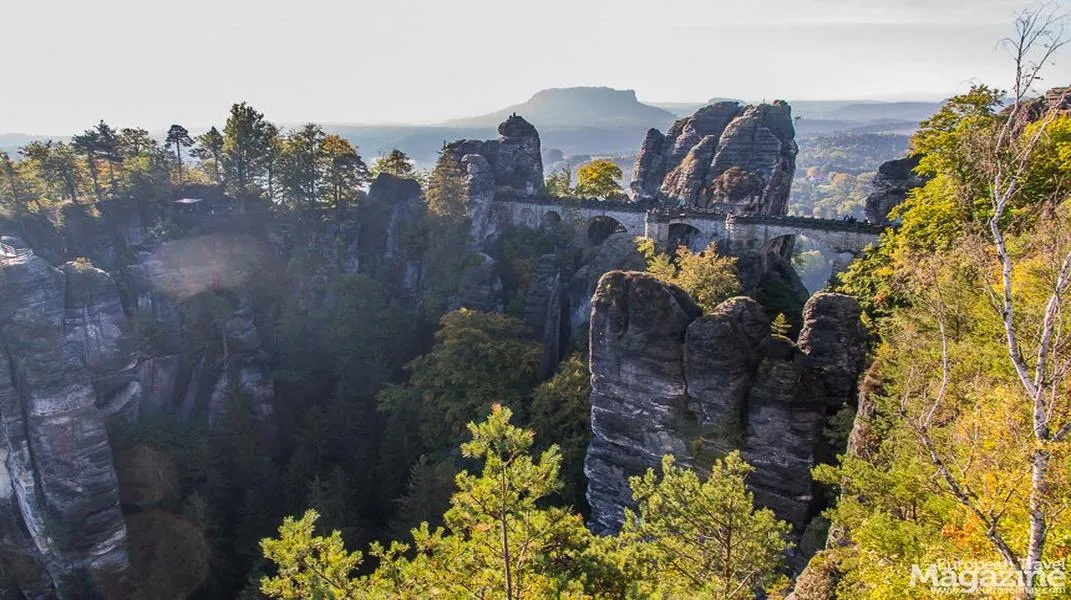Discovering Kejimkujik National Park and National Historic Site: A Natural and Cultural Treasure
Nestled in the heart of Nova Scotia, Kejimkujik National Park and National Historic Site stands as a breathtaking testament to the beauty of Canada's natural landscapes and the rich cultural heritage of the Mi'kmaq people. This unique destination offers visitors a chance to immerse themselves in pristine wilderness, explore ancient petroglyphs, and engage in a variety of outdoor activities. In this article, we will delve into the features that make Kejimkujik a must-visit destination, provide an overview of the historical significance of the area, and outline the essentials you will need to prepare for your visit.
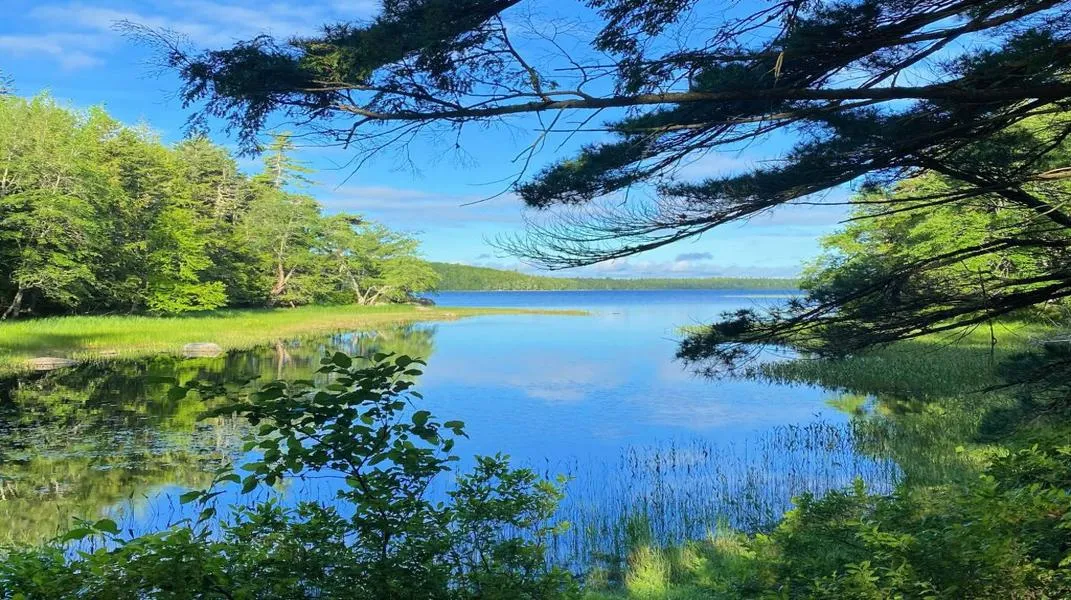
A Glimpse of Kejimkujik National Park
Natural Beauty and Biodiversity
Kejimkujik National Park encompasses over 380 square kilometers of lush forests, sparkling lakes, and winding rivers. The park is a sanctuary for diverse flora and fauna, with over 200 species of birds, including the majestic bald eagle, and numerous mammals such as deer, foxes, and beavers. The landscape is characterized by its stunning granite hills, tranquil wetlands, and picturesque waterways, making it a perfect spot for nature enthusiasts and photographers alike.
The park is divided into two distinct sections: the mainland area and the Kejimkujik Seaside Adjunct. The mainland offers a wealth of hiking trails, canoeing routes, and camping spots, while the seaside adjunct boasts breathtaking coastal views, unique ecosystems, and opportunities for birdwatching and beachcombing.
Hiking and Outdoor Activities
Kejimkujik is a hiker's paradise, with over 15 trails ranging from easy strolls to challenging treks. Some of the most popular trails include:
- The Mersey River Trail: A picturesque 1.5-kilometer loop that follows the river, offering beautiful views and an opportunity to spot wildlife.
- The Jim Charles Trail: A 2.4-kilometer path that takes you through a stunning forest and leads to a scenic lake, perfect for a relaxing picnic.
- The Long Lake Trail: A more challenging 9-kilometer hike that rewards adventurers with breathtaking vistas and a chance to explore the park's diverse ecosystems.
For those who enjoy paddling, the park's extensive network of lakes and rivers provides excellent opportunities for canoeing and kayaking. Rentals are available nearby, and guided tours are offered for those looking to learn more about the local environment.
Campgrounds and Accommodations
Kejimkujik National Park features several campgrounds that cater to different camping styles. The Kejimkujik Campground is the largest and most popular, offering over 200 campsites, showers, and washroom facilities. For a more rustic experience, visitors can opt for backcountry camping, which allows you to pitch a tent in remote areas of the park.
If camping isn't your style, there are several lodges and cabins located nearby, providing comfortable accommodations while still allowing for easy access to the park's attractions.
Cultural Significance: A Historical Perspective
Kejimkujik is not just a natural wonder; it is also a site of significant cultural importance. The area has been inhabited by the Mi'kmaq people for thousands of years, and their presence is still felt today. The park features numerous petroglyphs—rock engravings created by the Mi'kmaq—that offer a glimpse into their spiritual beliefs and way of life. These ancient carvings can be found along the shores of Kejimkujik Lake and are protected as a vital part of the park's heritage.
The name "Kejimkujik" itself is derived from the Mi'kmaq word meaning "the place where the gods frequent." This reflects the area's spiritual significance and the deep connection the Mi'kmaq have with the land. Today, visitors can participate in cultural programs offered by the park, including guided tours led by Mi'kmaq interpreters who share stories and insights about their traditions, history, and relationship with nature.
Preparing for Your Visit
To make the most of your experience at Kejimkujik National Park, it is essential to come well-prepared. Below is a comprehensive list of materials and items to consider when planning your visit.
Clothing and Footwear
- Weather-Appropriate Clothing: Nova Scotia's weather can be unpredictable. Dress in layers to accommodate changing temperatures. Moisture-wicking base layers, insulating mid-layers, and waterproof outer layers are recommended.
- Comfortable Hiking Boots: Sturdy, well-fitting hiking boots are crucial for exploring the park's trails. Look for boots with good traction and waterproof capabilities.
- Hat and Sunglasses: Protect yourself from the sun's rays, especially during summer months, with a wide-brimmed hat and sunglasses.
- Swimwear and Towel: If you plan to take a dip in one of the park's many lakes, don't forget your swimsuit and a towel!
Camping Gear (if camping)
- Tent: A durable tent suitable for the season is essential for a comfortable camping experience.
- Sleeping Bag and Pad: Choose a sleeping bag rated for the expected temperatures. An insulated sleeping pad adds comfort and warmth.
- Cooking Equipment: If you plan to cook while camping, bring a portable stove or camping grill, cooking utensils, and food storage containers.
- Food and Water: Pack non-perishable food items, snacks, and enough water for your stay. Consider bringing a water filter or purification tablets for refilling from natural sources.
- First Aid Kit: A well-stocked first aid kit is a must for any outdoor adventure.
Outdoor Essentials
- Navigation Tools: A map of the park and a compass or GPS device will help you navigate the trails and find your way.
- Backpack: A comfortable daypack is essential for carrying your gear while hiking.
- Camera and Binoculars: Capture the stunning landscapes and wildlife with a camera, and bring binoculars for birdwatching and wildlife spotting.
- Bug Spray and Sunscreen: Protect yourself from mosquitoes and ticks with insect repellent, and apply sunscreen to avoid sunburn.
- Trash Bags: Leave no trace by packing out all your garbage and litter.
- Emergency Supplies: Consider bringing a whistle, a multi-tool, and a flashlight or headlamp for emergencies.
Reservations and Fees
- Park Pass: Before visiting, make sure to purchase a park pass, which can be done online or at park entrances. Fees vary depending on the season.
- Campsite Reservations: If you plan to camp, it is advisable to make a reservation in advance, especially during peak season.
- Canoe Rentals: If you intend to canoe, check availability and reserve ahead of time, particularly for guided tours.
Transportation and Access
Kejimkujik National Park is accessible via car, and it is recommended to have a vehicle for exploring the park and surrounding areas. The nearest town is Annapolis Royal, located approximately 45 minutes away, where visitors can find grocery stores, restaurants, and other amenities.
Conclusion
Kejimkujik National Park and National Historic Site is more than just a beautiful destination; it is a place where history, nature, and culture intertwine. Whether you are hiking through its lush trails, paddling on serene lakes, or exploring the cultural heritage of the Mi'kmaq, Kejimkujik offers a unique experience for every visitor. By preparing adequately and respecting the natural and cultural resources of the park, you can create lasting memories in this stunning corner of Canada.
As you plan your visit, remember to take your time to soak in the sights and sounds of this remarkable park. With its breathtaking landscapes and rich history, Kejimkujik is sure to leave a lasting impression on your heart and soul. Happy exploring!

